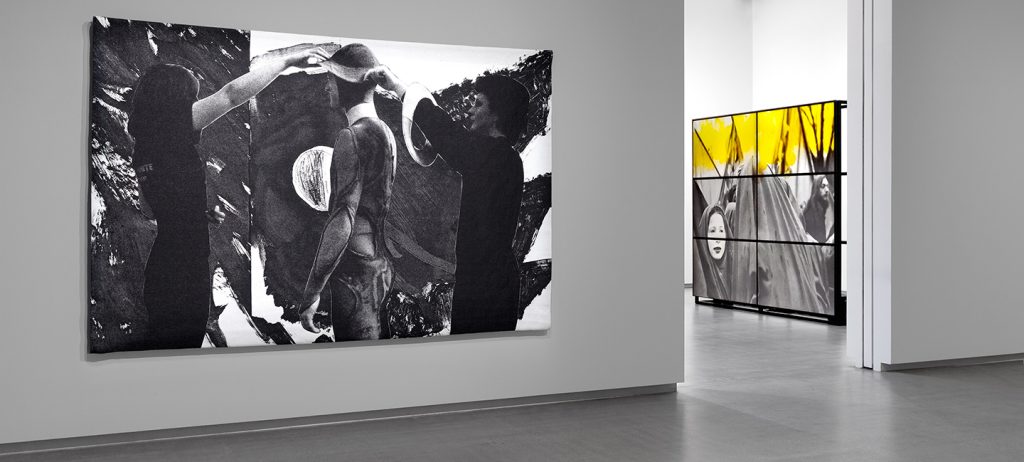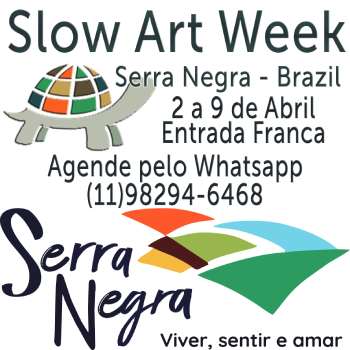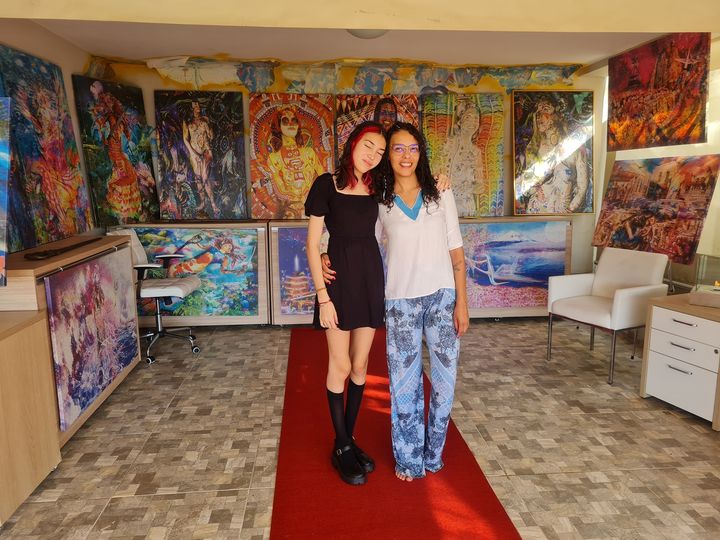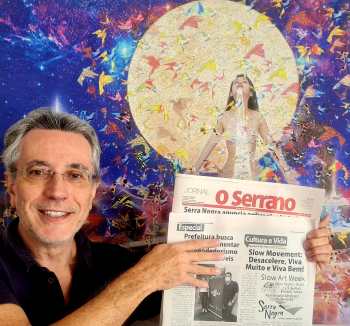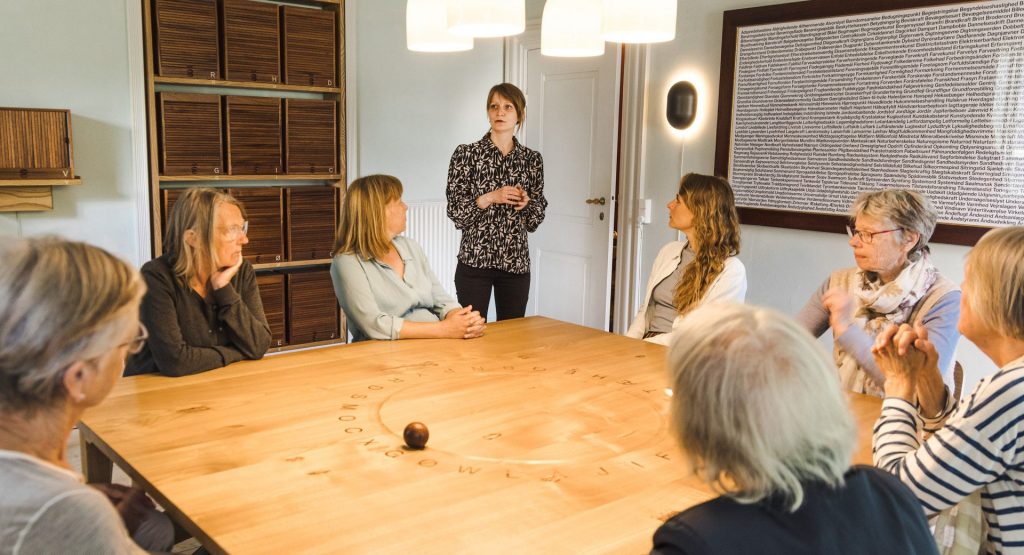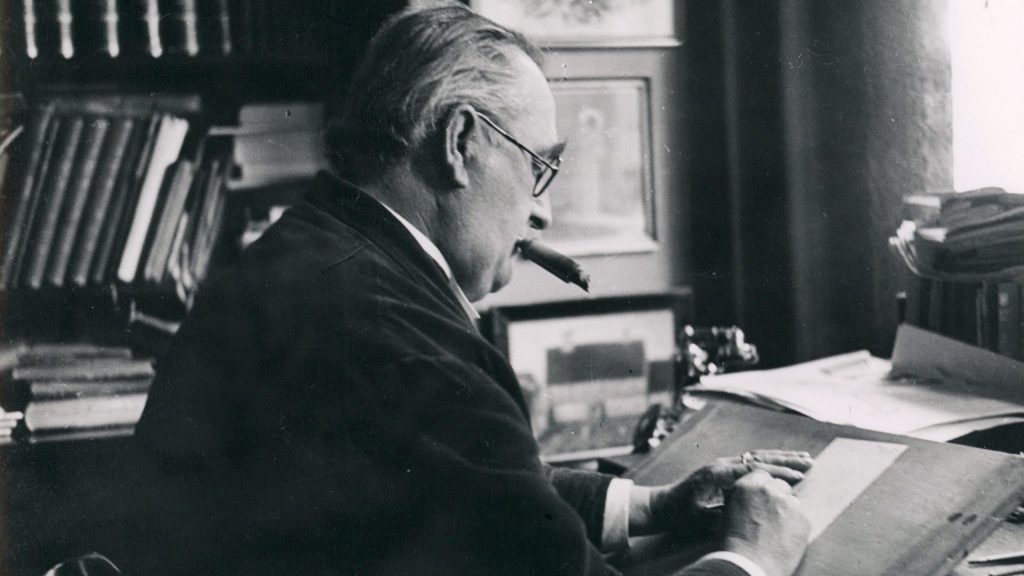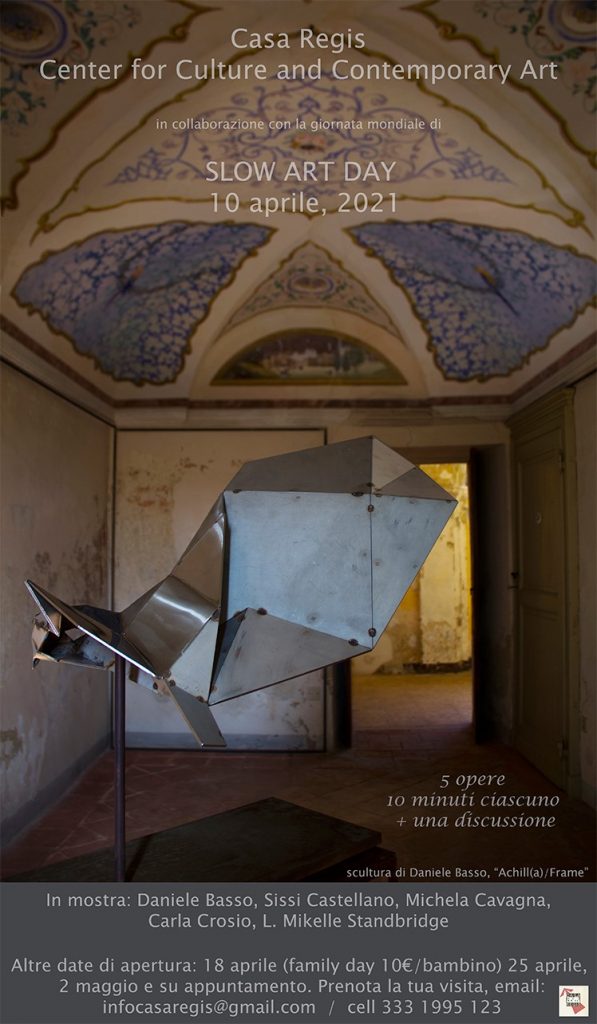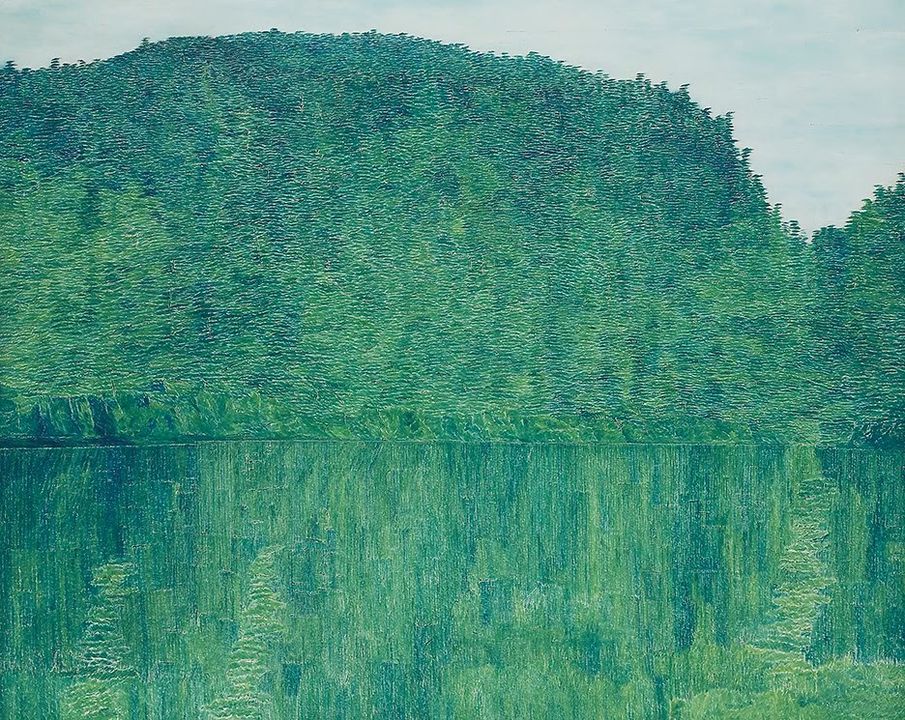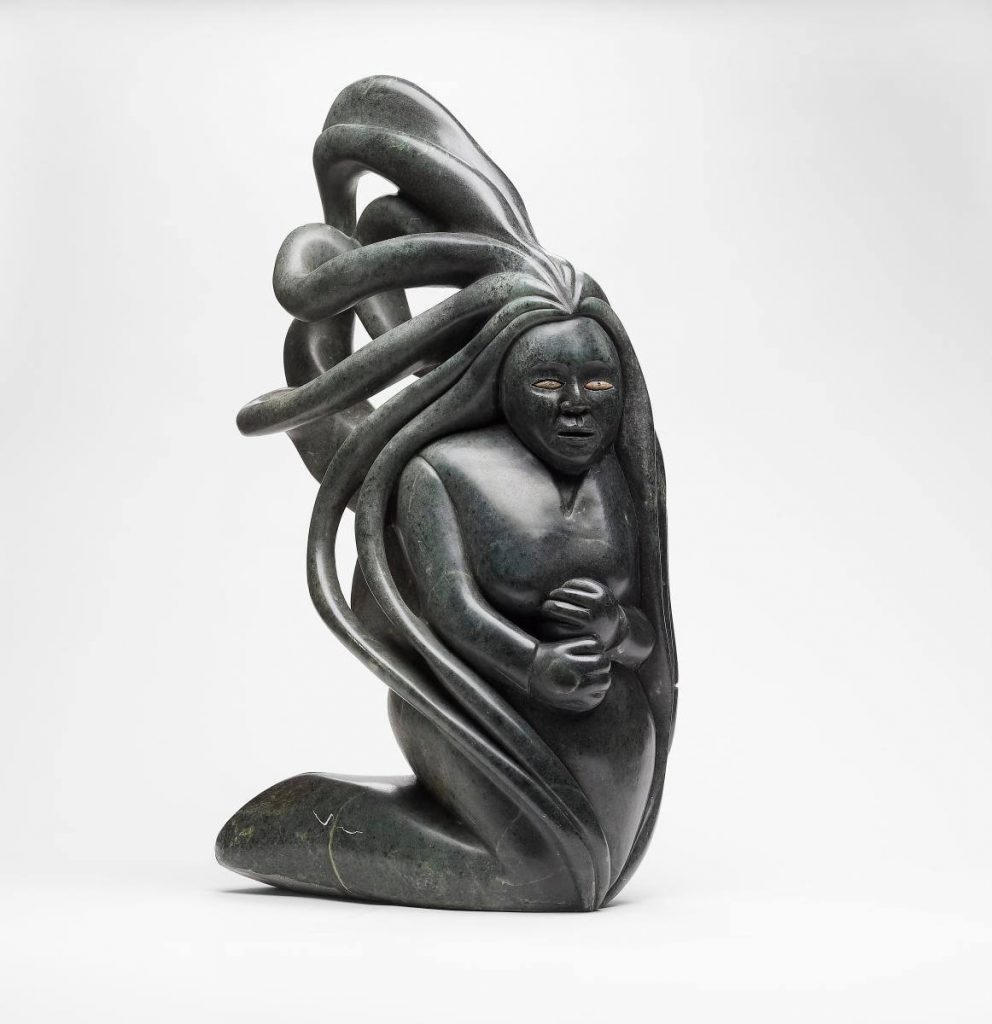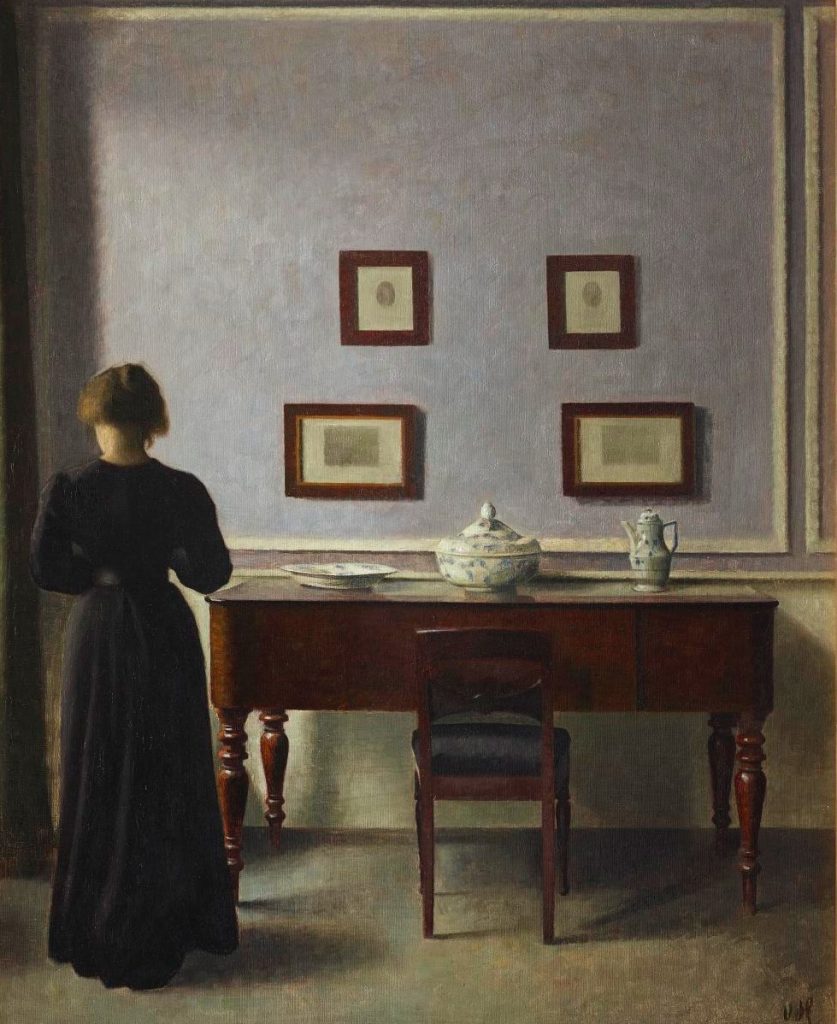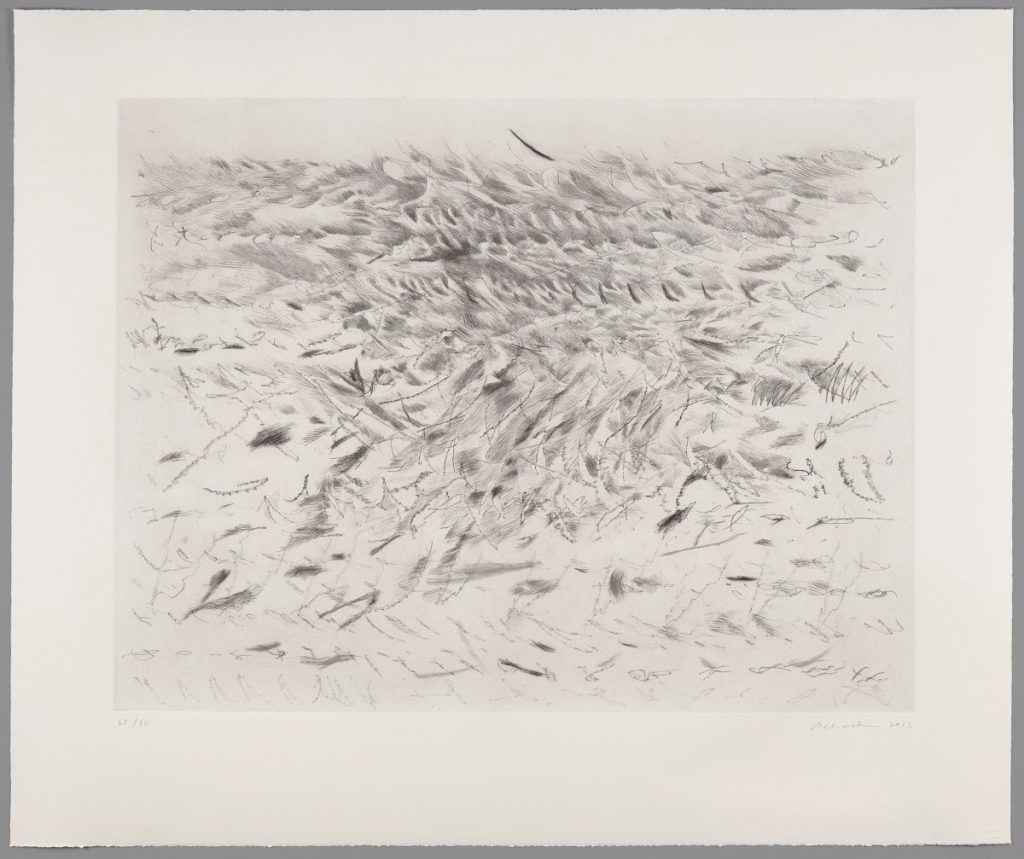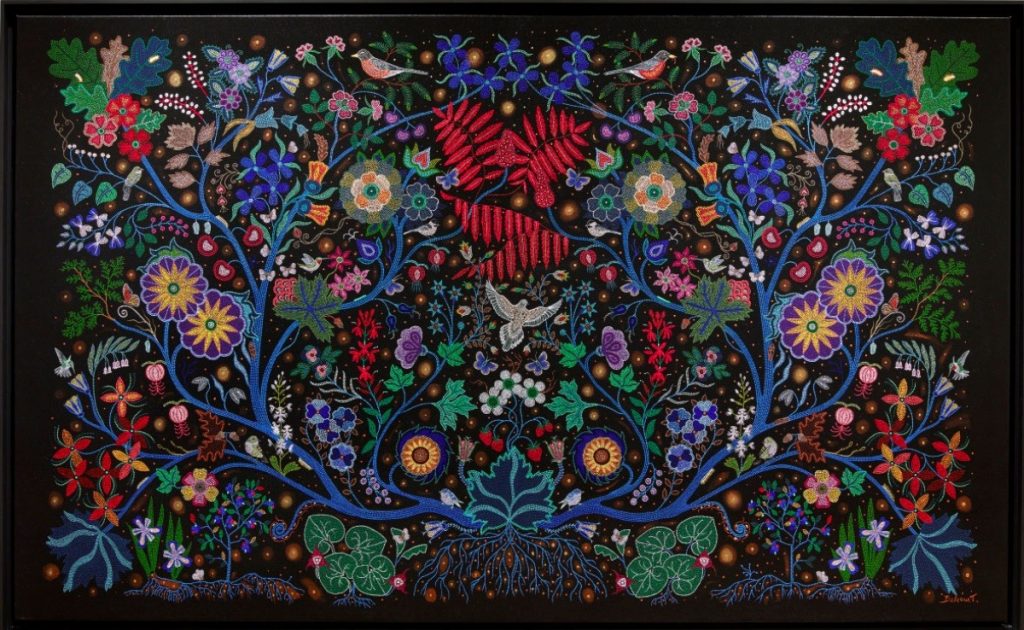For their second year hosting a Slow Art Event, the Brigham Young University Museum of Art decided to host a week of virtual activities.
Led by Director of Education, Philipp Malzl along with student educators Joseph Rowley, Susannah Kearon, Sophie Houghton, Kate Daily, and Alexa Ginn, the social media-based event encouraged viewers to slow down the fast pace of internet/social meldia viewing and contemplate a work of art for 60 seconds or more.
YouTube videos were created highlighting works on display at the museum, and prizes were offered for commenting on each video. Each of the five videos is below:
Some of the comments received include:
“I definitely am the type to often rush through art museums and only stop to look at paintings that I have seen before. Once I stopped to look at this for longer I realized just how liminal the composition is, and how much darker it felt when I just spent time with it for a moment. Super cool!”
“I love this series of 60-second videos! It is meditative to watch. My daughters are watching them with me now. One daughter noticed the vertical lines of the figure and the basketball hoop, and how if you turned the painting upside down, those lines would still be in similar places. The other daughter noticed that the basketball hoop was a tin can with the bottom cut out.”
The Brigham Young University Museum of Art hosts slow looking tours on a quarterly basis, in addition to having a printed slow looking guide available year-round at the information desk.
We look forward to seeing what they come up with for Slow Art Day 2023.
– Robin, Ashley, Phyl, Johanna, and Jessica Jane
P.S. The museum can be found on Instagram, Facebook, YouTube, and Twitter.

